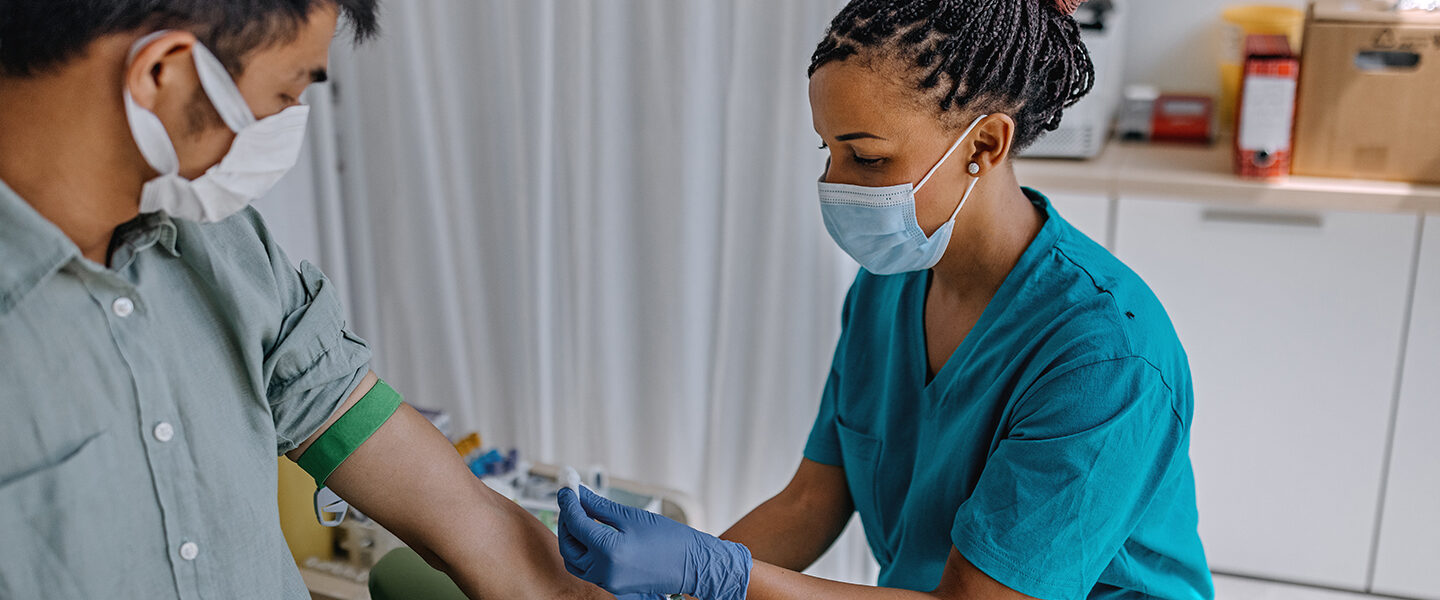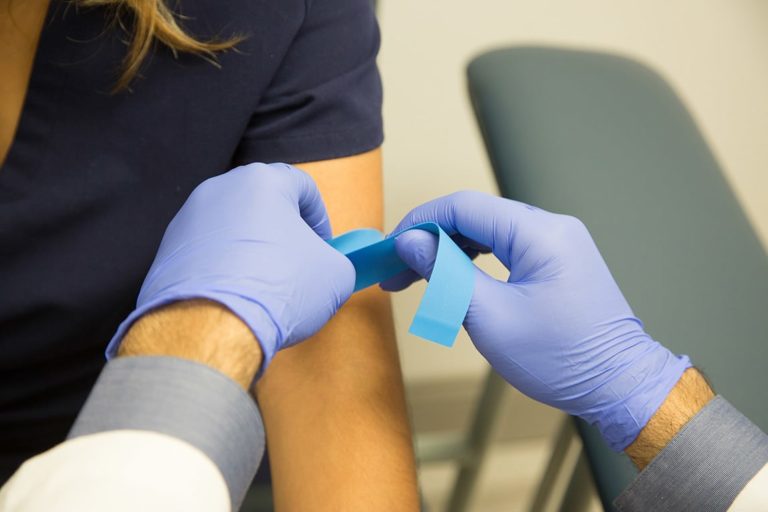Top Guidelines Of Northeast Medical Institute - New Haven Campus Phlebotomy Course & Cna Class
Top Guidelines Of Northeast Medical Institute - New Haven Campus Phlebotomy Course & Cna Class
Blog Article
The Ultimate Guide To Northeast Medical Institute - New Haven Campus Phlebotomy Course & Cna Class
Table of ContentsNortheast Medical Institute - New Haven Campus Phlebotomy Course & Cna Class Fundamentals ExplainedNortheast Medical Institute - New Haven Campus Phlebotomy Course & Cna Class - QuestionsThe Buzz on Northeast Medical Institute - New Haven Campus Phlebotomy Course & Cna ClassThe 8-Second Trick For Northeast Medical Institute - New Haven Campus Phlebotomy Course & Cna ClassAn Unbiased View of Northeast Medical Institute - New Haven Campus Phlebotomy Course & Cna ClassNortheast Medical Institute - New Haven Campus Phlebotomy Course & Cna Class Can Be Fun For Everyone
The usage of such devices should be gone along with by other infection prevention and control techniques, and training in their usage.For setups with reduced sources, expense is a motoring factor in purchase of safety-engineered tools - PCT Courses. Where safety-engineered devices are not readily available, knowledgeable use a needle and syringe serves. Unintentional exposure and details information regarding a case should be tape-recorded in a register. Assistance solutions ought to be advertised for those that undergo unintended exposure.
One of the necessary markers of high quality of care in phlebotomy is the involvement and participation of the client; this is equally valuable to both the health employee and the client. Clear details either written or verbal need to be offered per client that undertakes phlebotomy. Annex F provides example message for discussing the blood-sampling treatment to an individual. labelling); transportation problems; interpretation of results for medical monitoring. In an outpatient department or center, provide a devoted phlebotomy workstation containing: a tidy surface with 2 chairs (one for the phlebotomist and the various other for the client); a hand clean container with soap, running water and paper towels; alcohol hand rub. In the blood-sampling area for an outpatient department or facility, provide a comfy reclining couch with an arm rest.
The Ultimate Guide To Northeast Medical Institute - New Haven Campus Phlebotomy Course & Cna Class
Guarantee that the signs for blood sampling are clearly defined, either in a written method or in documented instructions (e.g. in a research laboratory kind). Collect all the devices required for the treatment and area it within safe and easy reach on a tray or trolley, guaranteeing that all the items are clearly visible.
Where the client is grown-up and aware, comply with the actions described below. Introduce yourself to the person, and ask the individual to mention their complete name. Inspect that the lab kind matches the client's identification (i.e. match the person's information with the lab kind, to guarantee precise identification). Ask whether the patent has allergic reactions, anxieties or has ever before collapsed during previous shots or blood draws.
Make the client comfy in a supine setting (ideally). Area a tidy paper or towel under the person's arm. Go over the examination to be carried out (see Annex F) and obtain verbal permission. The patient has a right to decline an examination at any moment before the blood tasting, so it is important to ensure that the patient has comprehended the treatment.
The Only Guide to Northeast Medical Institute - New Haven Campus Phlebotomy Course & Cna Class
Expand the client's arm and examine the antecubital fossa or forearm. Situate a capillary of a great dimension that is noticeable, straight and clear.
DO NOT insert the needle where capillaries are diverting, since this enhances the opportunity of a haematoma. Situating the blood vessel will help in establishing the appropriate size of needle.
Haemolysis, contamination and visibility of intravenous fluid and medicine can all change the outcomes (39. Nursing personnel and doctors may access main venous lines for specimens complying with procedures. Samplings from main lines bring a danger of contamination or wrong research laboratory examination results. It is appropriate, but not suitable, to injure samplings when first presenting an in-dwelling venous tool, prior to attaching the cannula to the intravenous liquids.
Some Known Details About Northeast Medical Institute - New Haven Campus Phlebotomy Course & Cna Class
Failure to allow sufficient contact time increases the danger of contamination. DO NOT touch the cleaned site; in certain, DO NOT put a finger over the vein to guide the shaft of the revealed needle.
Ask the patient to create a hand so the veins are a lot more famous. Go into the capillary quickly at a 30 degree angle or much less, and proceed to present the needle along the blood vessel at the most convenient angle of entrance - PCT Courses. When enough blood has actually been accumulated, release the tourniquet BEFORE taking out the needle
Getting The Northeast Medical Institute - New Haven Campus Phlebotomy Course & Cna Class To Work
Withdraw the needle carefully and use mild pressure to the website with a clean gauze or dry cotton-wool ball. Ask the patient to hold the gauze or cotton wool in area, with the arm expanded and raised. Ask the patient NOT to bend the arm, hop over to here due to the fact that doing so creates a haematoma.

The Greatest Guide To Northeast Medical Institute - New Haven Campus Phlebotomy Course & Cna Class
Where possible, maintain the tubes in a shelf and relocate the rack towards you - https://www.openstreetmap.org/user/northeastmed. If the sample tube does not have a rubber stopper, inject exceptionally gradually right into the tube as lessening the pressure and velocity used to move the sampling lowers the risk of haemolysis.

Report this page